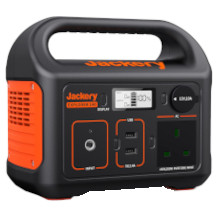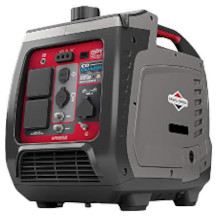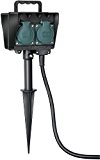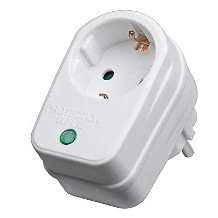Wireless doorbell purchasing advice: how to choose the right product
- The most important things in a nutshell
- Radio bells are very easy to install because the transmitter and receiver do not have to be connected with a cable.
- It is possible to set up several transmitters or receivers at the same time.
- Volume and ring tone can be adjusted on the receiver.
- The range of a radio bell is considerably reduced by obstacles such as walls or furniture.
The comfortable and flexible bell
A ringtone brings about split reactions. Sometimes it provides an annoying interruption, for example from unwanted visitors or the neighbour’s mail. Often, however, the sound is welcome, be it because it indicates expected guests, signals the arrival of a delicious meal or announces the delivery of a parcel. Often, however, it is precisely in such situations that the ringing is overheard. Listening to music, washing dishes, vacuuming and many other activities can cause you not to hear the sound of your doorbell. With classic electronic doorbells, there is not much you can do about this. These are fixed and rarely allow you to adjust the volume.
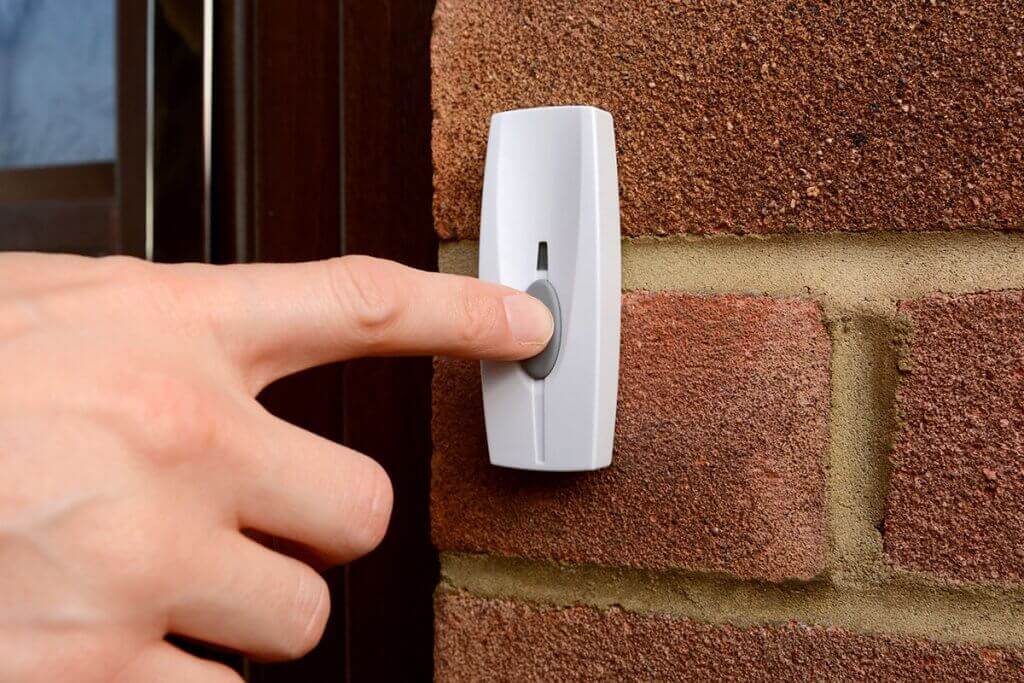
Radio bells offer a simple and convenient alternative. They eliminate any installation costs. They are either battery-operated or mains-powered and work wirelessly. They are fixed to the wall with adhesive tape or screws or hang from a socket. This means they can be installed flexibly in any room. However, you must open the door yourself, as these devices do not have a door opener function.
Components and function of a radio bell
Bells basically consist of two parts: the transmitter and the receiver. The former is located outside the living space and is activated by the person ringing the bell by pressing a button, while the latter sounds its tone inside the living space after receiving the signal. With classic bells, the connection is made with an electrical signal. Radio bells work by radio. They therefore do not require a material connection between transmitter and receiver and are therefore very flexible in use.
The video by mrbowlfish reviews illustrates the functionality and various setting options of a radio bell:
The transmitter is a small device that is mounted on the entrance with screws or double-sided adhesive tape. It is equipped with a button that sends the signal to the receiver by radio. Usually the transmitter has a free area for a nameplate. Radio bell transmitters are powered either by batteries or by the piezo effect. Battery-powered transmitters usually require 23A 12-volt batteries that need to be replaced as needed. With battery-free transmitters, you are spared the hassle and expense associated with batteries. Instead, the transmitter is operated purely mechanically thanks to the piezo effect. The push of a button generates enough electrical voltage to send out the radio signal.
The receiver is usually somewhat larger. Its basic equipment includes a loudspeaker from which the ring tone comes and a user interface through which the device can be set. Depending on the model, the receiver has numerous functions. Power is supplied either by batteries – usually simple AA batteries – or by a mains connection. In most cases, the mains voltage is 230 volts. A mains-powered receiver is connected to a socket and is therefore not as flexible as a battery-powered model.
When and for whom is a radio bell advantageous?
People who do not hear very well, such as senior citizens, often do not perceive ring tones, either because their sense of hearing is generally weakened or because their ability to pick up high sound frequencies is damaged. After all, ring tones are usually high-pitched and shrill. A radio bell is a good solution in this case because the tones are adjustable and you can choose a lower ring tone, for example. In addition, you can distribute more than one receiver in the living space so that the sound is heard from a short distance away.
In some cases, the house is too large to be supplied with only one receiver. Especially from the second floor upwards, it is not easy for even healthy hearing to hear the ring tone. In addition, you can easily miss the sound if you are in your garden shed or garage. With a radio bell, you can install receivers in rooms where the sound would otherwise not reach you.
Furthermore, divided living spaces such as shared flats benefit from radio bells. Each room can have its own receiver so that only the intended person is bothered or delighted by the sound. Conversely, there are houses in which only one family lives, but which have more than one entrance. In this case, a radio bell with more than one transmitter but a common receiver is very useful.
Batteries often cause confusion
Often, product manufacturers’ claims about the type of power supply are ambiguous. For example, it is sometimes claimed that a bell does not need batteries, but it is not described in more detail whether this means only the transmitter, the receiver or both. So read the product description carefully before buying and, if in doubt, ask the supplier.
The most important purchase criteria
One of the most important features of radio doorbells that should be taken into account when making a purchase decision is their range. After all, many manufacturers advertise that their products, unlike common doorbells, can also be used in places that are difficult to reach. Other features should also be taken into account, such as the number of transmitters and receivers included in the scope of delivery, as well as the material of the radio bell.
Range
Radio bells have very different ranges. Most models have a range of 150 to 500 metres. However, such specifications are deceptive. They refer to the maximum range that the radio signal can reach without obstacles. As soon as walls, ceilings, furniture and even bushes come between the transmitter and receiver, the range is reduced. Depending on the configuration of your living space, the specified range can drop to less than half. So it’s better to go for a model with a long range, even if you don’t use it fully, so you can be sure it won’t be too short. If a connection is still not possible, you can get a radio extension, which can more than double the range. You can only determine whether this is necessary by testing the range of the radio bell yourself. In some models, a radio extension is already included in the scope of delivery.
Scope of delivery
Radio bells come in various combinations. For example, you can buy them with two transmitters and one receiver or vice versa. It is also possible to buy more than two of each of the two radio bell parts. Of course, an increasing number of devices increases the purchase price. However, since radio bells are not particularly expensive devices, the price should not be a major hurdle. Before buying, think about where and how you want to install the transmitters or receivers and decide on the appropriate combination.
Ringtones and volume
Even an inexpensive radio bell is equipped with at least 20 ringtones and melodies. Most models have about 50 tones. These include not only various bell tones, but also well-known pieces such as Beethoven’s Für Elise or popular Christmas carols for the holidays. The desired tone is usually selected by pressing a button on the receiver.
The volume of a radio bell can reach up to 120 decibels, which is roughly comparable to the noise level of a jackhammer or a chainsaw. For most households, 85 to 100 decibels should be sufficient. You can usually adjust the volume in stages; there are often five levels.
LED light
Most wireless doorbells have an LED light that illuminates when the transmitter button is pressed. Such bells usually have three modes: sound only, LED only or both at the same time. For example, if you are sitting in a meeting and do not want to be disturbed by the ringtone, you can set your ringtone to “silent”. As long as the receiver is in your viewing angle, you can hear the light without being disturbed by the associated noise. The same applies to people who are hard of hearing or deaf.
Material
Radio bells are usually made of plastic or stainless steel. Although stainless steel is of higher quality, more robust, more durable and more aesthetically pleasing, models made of stainless steel are usually somewhat more expensive.
The most important thing is the material of the transmitter, as it is often outdoors and exposed to various weather conditions. Information about how well the transmitter is protected against dust, water and other foreign bodies is provided by the IP protection class. Radio bells often have protection classes IP44 and IP55, which indicates protection against solid foreign bodies with a size of less than one millimetre and splash water from all sides. For entrance areas without a roof, the IP55 protection class is recommended.
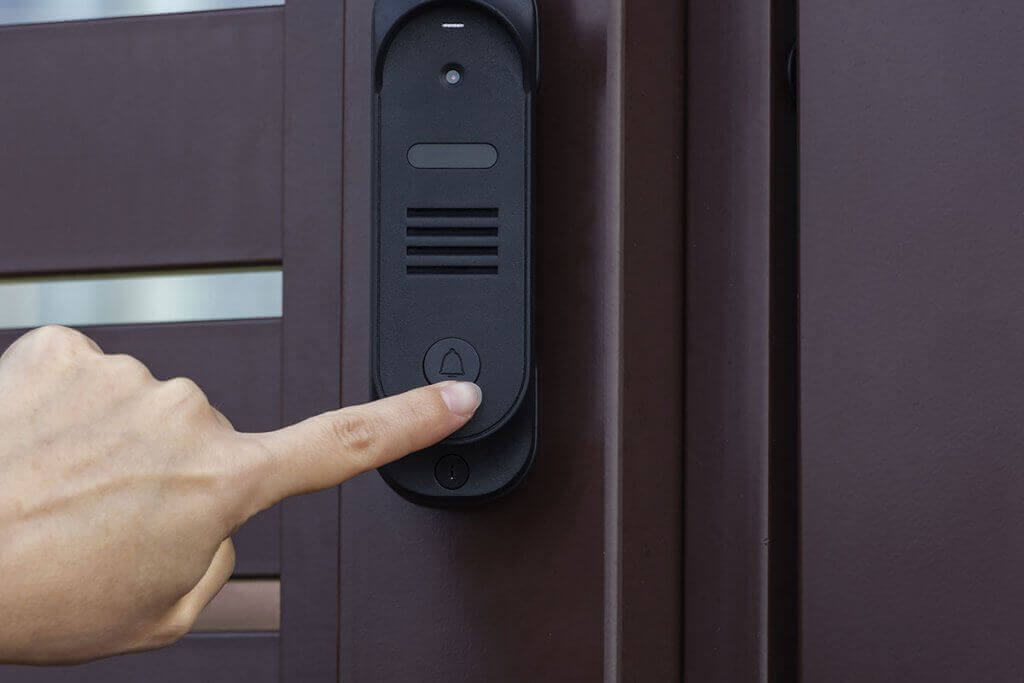
Automatic coding system
One problem that can occur with radio bells is that the receiver picks up the signal of other transmitters with the same frequency. This interference can occur, for example, with garage doors or car keys. To avoid this, many radio bells are equipped with an automatic coding system that prevents such occurrences.
Alternatively, modern manufacturers increasingly prefer a different frequency. While 433/434 megahertz was once the standard, a frequency of 868 megahertz is slowly gaining acceptance.
Additional functions
Many radio bells can now do much more than just produce a ring tone after the transmitter has been pressed. However, additional functions come at a higher price. You should therefore only choose functions that you want to and can use, otherwise the radio bell will cost you a lot of money unnecessarily.
For example, some radio bell transmitters are equipped with an alarm function. So if the device is torn out of the wall, an alarm signal sounds.
A memory function is also very useful. Receivers with a memory function have a small memory card. This saves your settings, such as the desired tone and volume. In the event of a power failure or flat batteries, you do not have to set up the unit completely again.
Some models also come with a camera and intercom. This allows you to see who is currently at the door and to communicate with the person. However, most receivers do not have a display. Instead, the image is sent to the smartphone via an app.

Radio bells with an app are the most comprehensive in terms of special functions. Not only can the live image and speaker be operated via mobile phone. Such models even record videos to be called up at a later time. Often the transmitters are even equipped with a motion detector that switches on the camera after it has been triggered. The camera records the image for later retrieval. The transmitter thus offers a certain degree of security.
Price and manufacturer
Radio bells are not particularly expensive. You can get hold of simple versions with the necessary basic equipment for as little as 10 euros. If you want several transmitters or receivers or a bell with special functions, you will have to reckon with a higher price. Rarely, however, do you have to pay more than 50 euros for a radio bell. Most models cost between 15 and 30 euros. In this price range, there should be something for everyone. The best-known manufacturers include Avantek, Techole and TechNet.
Notes on installation
One of the biggest advantages of wireless doorbells over traditional doorbells is that they are very easy to install. The transmitter usually comes with double-sided tape and two screws and plugs. So depending on where you mount it, all you have to do is stick it to the wall or drill two small holes.
Mounting the receiver is also unproblematic. A battery-operated model, like a transmitter, can be hung up or even laid down as desired. A mains-operated receiver is even less complicated. It only needs to be plugged into a socket.
Setting up the units is also very easy. As soon as the units are supplied with power and switch on, they automatically establish a connection with each other.

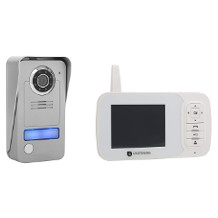
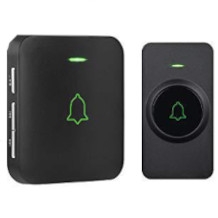
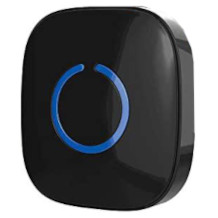



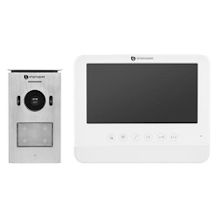


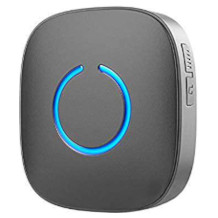




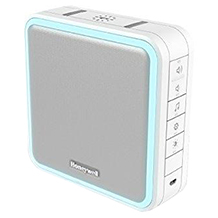


 12,093 reviews
12,093 reviews
